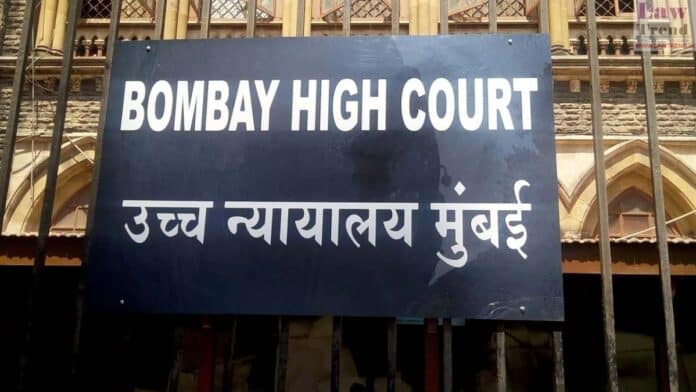The Bombay High Court has granted permission to the Brihanmumbai Municipal Corporation (BMC) to proceed with the construction of a six-lane cable-stayed bridge over the Oshiwara Creek, connecting Shaheed Bhagat Singh Nagar to Millat Nagar Road. The decision, delivered on May 7 by a division bench comprising Chief Justice Alok Aradhe and Justice Makarand Karnik, marks a significant development in Mumbai’s infrastructure planning to address chronic traffic congestion.
The court directed the Maharashtra Coastal Zone Management Authority (MCZMA) to allow the project, which will involve the felling of 31 mangroves. The permission follows the precedent set by a 2018 Bombay High Court order that had mandated prior approval for any construction in mangrove areas or their 50-metre buffer zones. The BMC, which had applied in 2024 for clearance, has committed to compensate by planting 444 mangroves.
Terming the bridge as a “public utility project,” the court noted, “The project is for construction of a vehicular bridge and is a public utility project proposed for traffic management to smoothen vehicular congestion and to improve direct connectivity of underdeveloped areas viz. Shaheed Bhagat Singh Nagar to Millat Nagar Road.”
The proposed bridge, which received official approval from the BMC in late 2022, will be approximately 500 metres long and is expected to cost ₹418.35 crore. It will serve as a critical alternative route for commuters traveling from Andheri Lokhandwala and is anticipated to substantially ease the load on the already congested New Link Road.
According to BMC’s plan, the bridge will begin at Masjid Al-Salam Chowk in Millat Nagar and end at Bhagat Singh Nagar. The civic body projects a four-year timeline for the completion of construction, which is contingent upon resolving the challenging task of relocating around 2,500 families currently residing in Bhagat Singh Nagar.
The project faced opposition from the Bombay Environmental Action Group (BEAG), a non-governmental organisation whose 2018 public interest litigation led to the protective court order on mangroves. Despite their objection, the court found the bridge to be in the larger public interest.







